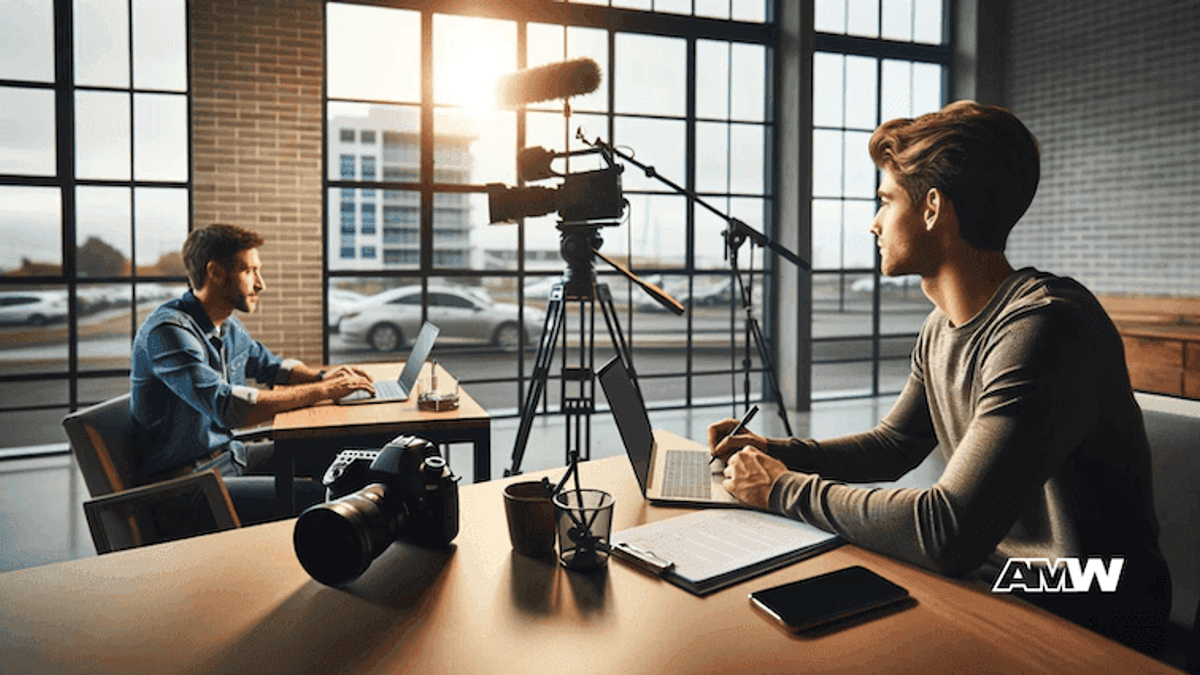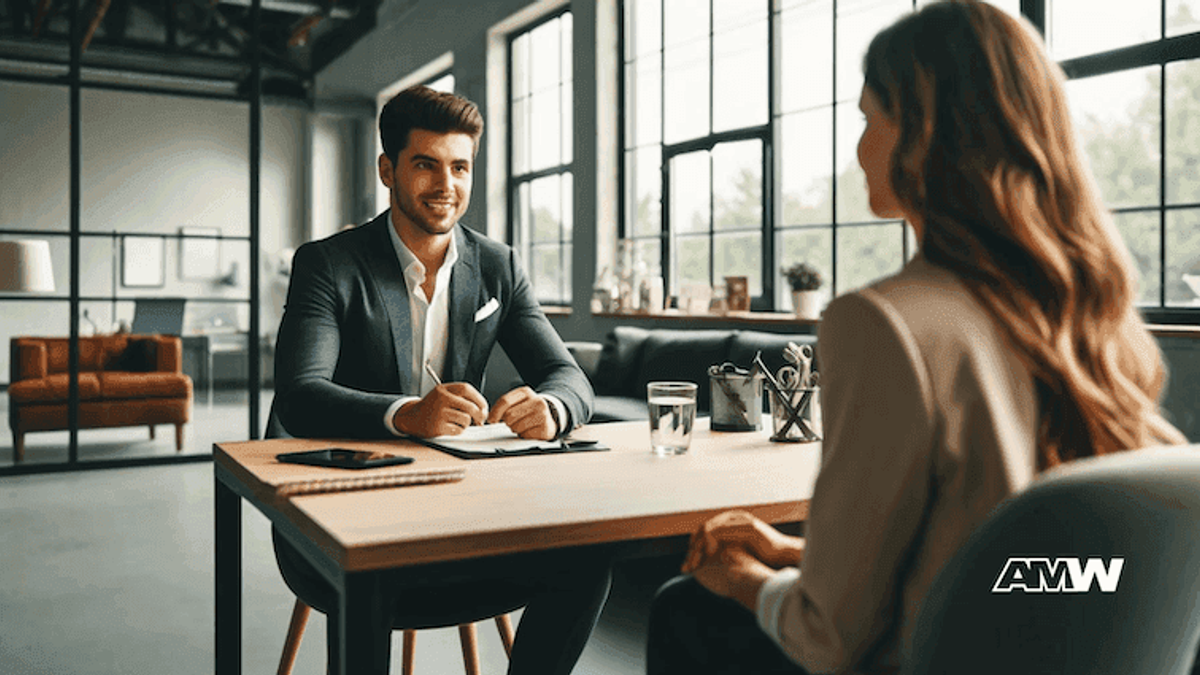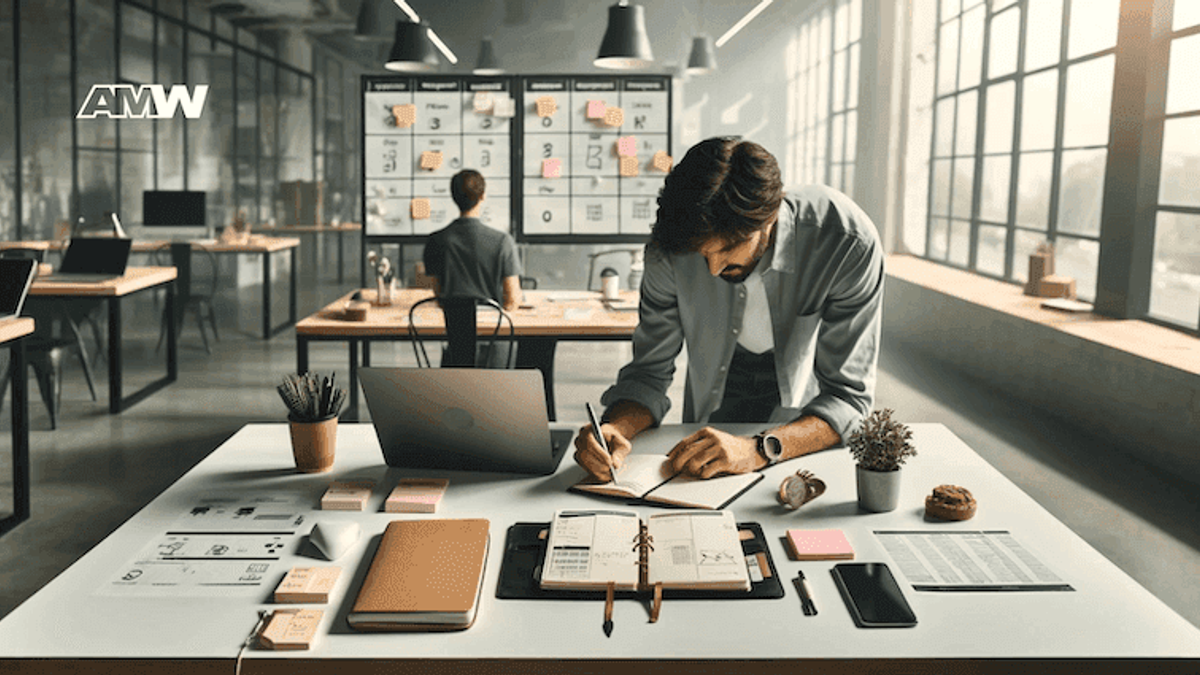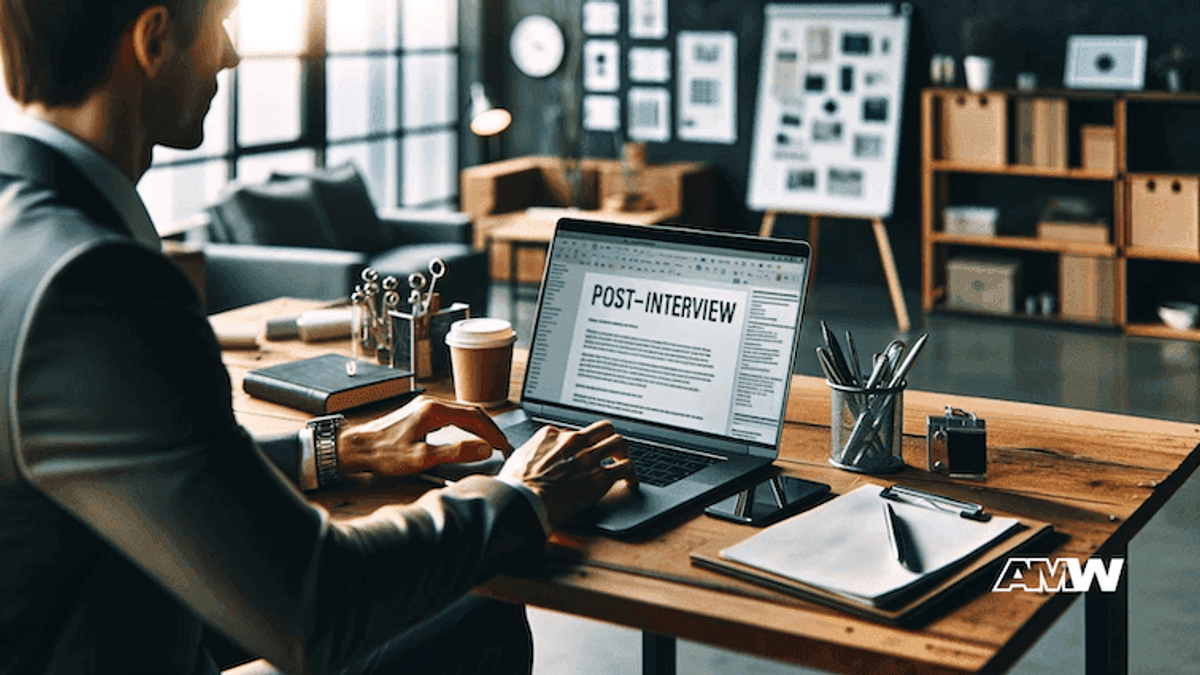Media Interview Preparation: Tips and Tricks for You

In today’s busy world, media interviews are a great way to boost your personal and company reputation. Whether you’re a CEO, spokesperson, or industry expert, getting your message across through media can impact public opinion and drive business results. Here are the expert tips and tricks to help you prepare for a media interview and get your message across clearly and confidently.
Quick Summary
In the realm of media interviews, preparation is crucial for conveying your message effectively. Understanding the media outlet and its audience aids in tailoring your content. Defining clear messages and gathering supporting information enhances credibility. Additionally, practicing delivery, maintaining positive body language, and establishing a professional technical setup are vital for success. Post-interview, reflect on your performance and build relationships by thanking the interviewer, e

The Media Landscape

Before you go into a media interview, it’s important to understand the landscape you are entering. Media outlets are different in terms of audience, style, and approach, and these will impact how your message is received.
Start by researching the media outlet and understanding its audience demographics, typical content, and editorial style. Is the outlet known for in-depth analysis or sensational headlines? This will help you tailor your message.
Ready to Grow Your Business?
Get a free consultation and custom strategy tailored to your goals.
Also, get to know the journalist or interviewer. Review their previous work to get a sense of their interviewing style and typical questions.
Are they tough and confrontational or conversational and friendly? Knowing this will help you prepare for the kind of interaction you’ll have.
Preparation Steps

Define Your Messages
The basis of a good media interview is being able to communicate clear and simple messages. Start by identifying the three to five key points you want to get across. These messages should be short, memorable, and aligned with your overall communication strategy. Think about what you want the audience to remember after the interview and focus on reinforcing these messages throughout the conversation. In a media appearance, you need to stay on message and have your key points consistently mentioned. This will help you speak confidently and leave a lasting impression.
Know Your Audience
Who will be consuming the media interview is key. Tailor your messages to the audience of the media outlet. For example, if you’re speaking to a business news outlet, talk about market trends and economic impact. If it’s a lifestyle magazine, talk about personal stories and human interest angles. The more relevant your message is to the audience, the more impactful it will be. Knowing your target audience allows you to frame your answers in a way that speaks directly to their interests and needs. This will make the interview more engaging and build stronger relationships with the audience.
Gather Supporting Information
To support your key messages, gather relevant data, anecdotes, and examples. Statistics will provide credibility, while stories and examples will make your points more relatable and engaging. Having a library of supporting information will allow you to answer questions fully and confidently. For example, if you’re talking about industry trends, having recent data at your fingertips will enhance your media interview and make you look like a thought leader. Be prepared with details that can turn abstract ideas into concrete points so your messages will be more memorable for the audience.
Practice and Rehearse
Rehearsal is key to a good media appearance. Do mock interviews with a colleague or media coach who can ask you questions and give you feedback. Practicing will help you refine your answers, improve your delivery, and build confidence. It will also help you identify and address any areas you need to prepare further. Practicing will help you speak confidently and become comfortable with your key points so you can handle any unexpected questions that come your way. Also, practicing your body language, such as making eye contact and using natural hand gestures, will make you look more engaging and credible during the interview.
Presentation and Communication Tips

Clarity and Brevity
In a media interview, clarity and simplicity are your friends. Avoid industry speak and complex language. Speak in simple, short sentences and get to the point quickly. Journalists and audiences love brevity and clear communication, which increases the chance your key messages will be understood and remembered. When you don’t use jargon and communicate clearly, your messages will be heard and appreciated by a bigger audience.
Ready to Grow Your Business?
Get a free consultation and custom strategy tailored to your goals.
Body Language

Nonverbal communication is as important as what you say. Keep your body language positive – sit or stand up straight, make eye contact, and use natural hand gestures. Your tone should be confident but approachable. Don’t sound too rehearsed or robotic; aim for a conversational tone that feels real and engaging. Positive body language and a friendly tone can influence how your message is perceived. Remember, your media appearance is not just about what you say but how you say it.
Tough Questions
Handling tough questions is a key skill in media interviews. When a reporter asks a difficult question, stay calm and composed. Take time to think before you answer. If you don’t know the answer, it’s perfectly okay to say so and offer to provide more information later. Use bridging techniques to steer the conversation back to your key messages. For example, if the question goes off-topic, you might say, “That’s a good point, but what’s really important here is…” and then get back to your main points. This will help you control the conversation and get your key messages out.
Preparing for a media interview means thorough preparation and practice. By defining your key messages, knowing your audience, preparing supporting information, and practicing your delivery, you will be ready for your next media interview to showcase your expertise.
Technical Considerations

The Format
Media interviews can be in various formats – live or recorded, in person, over the phone, or via video call. Each format has its own nuances and requires different preparation. Live interviews, whether on TV, radio, or online, require you to think on your feet and handle pressure in real-time. The immediacy of live interviews means you need to be well-prepared, articulate, and able to stay calm under pressure. Recorded interviews may have the opportunity for retakes, but you should still aim to deliver clear and concise key messages as if they were live.
Phone interviews are the most challenging since visual cues are missing. Clear articulation and a strong tone are key to getting your key messages across. Practice your speaking to avoid mumbling and to make sure your words are heard by the reporter and the audience.
Video calls add another layer of technical considerations. A professional setup with good lighting, sound, and a clean background is crucial. Make sure your camera is at eye level to simulate eye contact, and test your equipment before the interview to avoid any technical hiccups during the media interview. Whether live or recorded, make sure you are technically ready to enhance your credibility and professionalism.
Dress for the Occasion
Your appearance matters, as does how the audience perceives you. Dress professionally in attire that is relevant to your industry and the formality of the media interview. Avoid busy patterns and strong colors that can be distracting on camera. Neutral, solid colors work best for TV and video interviews.
Ready to Grow Your Business?
Get a free consultation and custom strategy tailored to your goals.
When dressing for a media appearance, one should consider the platform and audience. For example, a business news interview may require more formal attire than a lifestyle segment. Your clothes should be appropriate for the interview setting and comfortable enough for you to speak confidently and naturally.
Technical Setup for Remote Interviews
For remote interviews, your technical setup is key. Test your equipment beforehand, including your camera, microphone, and lighting. Good lighting, preferably natural light, should illuminate your face to enhance your on-screen presence.
Choose a quiet location with a professional background free of distractions. This will keep the focus on you and your key messages. Avoid having personal items or clutter in the background, as they can detract from your credibility. Also, make sure your devices are fully charged or plugged in to avoid technical issues during the interview.
These technical details may seem small but they matter a lot in how you are perceived during a media interview. A good technical setup can boost your credibility and make you look more professional and make a lasting impression on the audience.
Post-Interview Best Practices

After the interview, send a thank-you note to the interviewer. It’s polite and professional to do so. Express your gratitude and provide any additional information you promised during the interview. This will not only show appreciation but also build good relationships with journalists and media outlets. Good relationships with reporters can lead to more media opportunities in the future.
Review and Reflect
Take time to review the interview once it’s published or aired. Reflect on your performance – what worked and what didn’t? This self assessment is key to your growth and prepares you better for your next media interview. Listen to the feedback from your industry peers and mentors and incorporate it to your future preparations. Reviewing your performance can help you fine tune your talking points and delivery to be more effective in your next media appearance.
Make the Most of the Interview

Share the interview through your company’s communication channels and social media platforms. Highlight the key points and messages from the interview and encourage your audience to comment and share additional insights. This will cement your position as a thought leader in your industry and extend the reach of your message.
Promote the interview by writing an article or blog post summarising the main points discussed and sharing it with your network. Use quotes from the interview to support your key messages and to drive home your talking points. Engage with your audience after the interview to keep the conversation going and make your message stick.

Ready to Grow Your Business?
Get a free consultation and custom strategy tailored to your goals.
Related Articles

Behind Tomorrowland’s Rise to a Multi-Million Euro Cultural Movement
When Tomorrowland Belgium sells out 400,000 tickets across two weekends in less than an hour each year, it's not merely luck or lineup strength driving those numbers. The festival has engineered one o

Philips Bodygroom as a Case Study in Bold Marketing and Consumer Insight
The men's grooming industry has undergone a dramatic transformation over the past two decades, moving from basic necessities to comprehensive personal care routines. Within this evolution, few brands

Inside the Timeless Appeal of America’s Favorite Oat Circles - Cheerios
When General Mills introduced Cheerios to American breakfast tables in 1941, no one could have predicted that these simple whole grain oats circles would become one of the most recognizable brands in